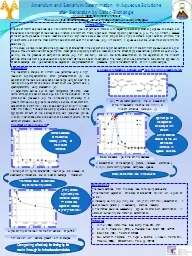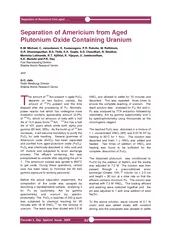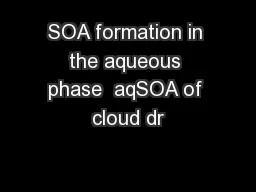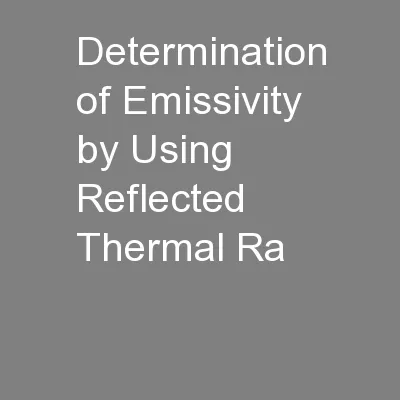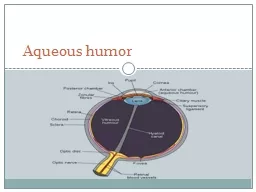PPT-Americium and Samarium Determination in Aqueous Solutions a
Author : pamella-moone | Published Date : 2017-03-17
Cation Exchange Tasoula Kiliari and Ioannis Pashalidis Radioanalytical Chemistry Group Chemistry Department University of Cyprus Introduction Analysis of
Presentation Embed Code
Download Presentation
Download Presentation The PPT/PDF document "Americium and Samarium Determination in ..." is the property of its rightful owner. Permission is granted to download and print the materials on this website for personal, non-commercial use only, and to display it on your personal computer provided you do not modify the materials and that you retain all copyright notices contained in the materials. By downloading content from our website, you accept the terms of this agreement.
Americium and Samarium Determination in Aqueous Solutions a: Transcript
Download Rules Of Document
"Americium and Samarium Determination in Aqueous Solutions a"The content belongs to its owner. You may download and print it for personal use, without modification, and keep all copyright notices. By downloading, you agree to these terms.
Related Documents

